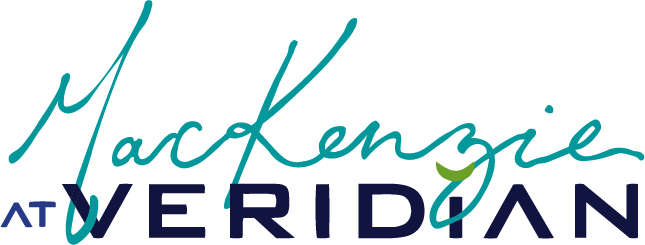How Small Museum Teams Can Create Big Impact with Exhibit Branding
If you work on a small museum team, you know the feeling: too many hats, too many deadlines, and not nearly enough hours in the day. Curators, educators, and marketers are all juggling multiple roles, and exhibit branding can feel like one more overwhelming task on top of everything else.
Here’s the good news: impact doesn’t come from team size. It comes from strategy. With thoughtful exhibit branding, even the smallest teams can deliver professional, memorable, and donor-worthy exhibitions.
The Challenges Small Teams Face
Small museums often feel at a disadvantage because of:
Limited staff capacity.
Lack of specialized branding or print production experience.
Tight budgets that make catalogs and collateral seem out of reach.
Short timelines with multiple layers of approvals.
But those challenges don’t have to limit the quality of your exhibit branding. In fact, smaller teams often have the advantage of being more nimble and creative.
Why Exhibit Branding Matters Even More for Small Museums
Exhibit branding isn’t just about looks — it’s about trust and visibility.
Branding levels the playing field. Professional, cohesive design makes a smaller institution look polished and credible to donors and visitors.
Consistency builds trust. A unified look across catalogs, signage, and invitations reassures donors that their support is in capable hands.
Collateral extends your reach. A well-designed catalog or branded ad continues to promote your exhibit long after opening night.
For small museums, strong exhibit branding can make the difference between blending in and standing out.
Strategies for Creating Big Impact on a Small Team
Prioritize storytelling. Lean into the local stories and connections that only your institution can tell.
Focus on key pieces. You don’t need to brand everything. Choose high-visibility materials like catalogs, invitations, and signage.
Invest in quality, not quantity. One stunning catalog or exhibit ad will have more impact than dozens of rushed pieces.
Plan ahead. Early timelines prevent last-minute stress and costly rush fees.
Bring in partners. Collaborating with design specialists can multiply your capacity without adding staff.
When Even Big Teams Need Backup
Even large, well-funded museums with in-house design staff sometimes need outside support. One example: setting up large-format catalogs with hundreds of pages, read about the Audubon Catalog.
These projects demand deep expertise in typography, prepress, and print production. The stakes are high — a single error in setup could delay printing, inflate costs, or compromise color accuracy. Internal teams often don’t have the time or specialized print experience to manage the process alone.
By bringing in a print and branding partner, these museums protect their timeline, free up their internal staff, and ensure their catalogs turn out exactly as intended.
If major institutions lean on outside expertise, smaller teams can feel confident doing the same.
The Role of a Design Partner
For small museums, a design partner can act as an extension of your team. The right partner brings:
Expertise in exhibit workflows, approvals, and donor recognition.
Print production mastery, from color correction to press checks.
Extra capacity so your staff can focus on curation, education, and donor relations.
It’s not about replacing your internal team. It’s about making your impact bigger than your headcount.
A small team doesn’t have to mean small impact. With the right exhibit branding strategy, your museum can look polished, attract donors, and create memorable visitor experiences.
Ready to see how? Download the free Exhibit Prep Kit to map your exhibit branding needs and timelines today.
Want to explore how branding can elevate your next exhibit?
Download the free Exhibit Prep Kit for a step-by-step roadmap for stress free donor-ready exhibits
✔ Clarify your exhibit’s purpose, audience, and emotional tone
✔ Align your internal team so decisions don’t get bottlenecked
✔ Map out the design pieces you’ll need (and when!)

